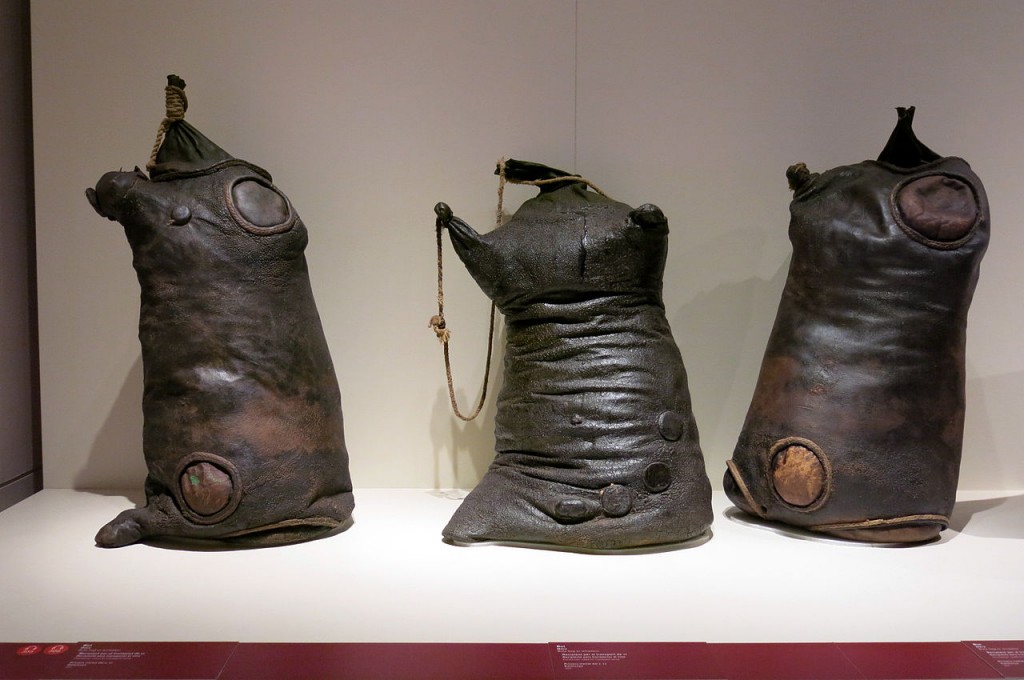You meet people in the strangest places, people who may at first seem just like everybody else but who become important people over the course of time. I’m not sure what Levi thought when a stranger walked up to him and spoke to him, but evidently there was a compulsion there that made Levi get up and walk away from a fairly lucrative if despised profession. It was a compulsion great enough that Levi even threw a big party and invited lots of his former co-workers to meet Jesus. We don’t know if Jesus changed the minds of any other tax-collector, but he did collect Levi and gained a follower who also probably became a friend.
I wonder if Levi knew what he was getting into when he stood up from his tax-table. Did he call another collector to take over his stand? Did he take what money he had collected to another and ask that they get it to the proper authorities? Did he do the same with his tax rolls? Or did he just stand up and walk away from it all, leaving it to whomever noticed and might feel encouraged to lighten the amount the Romans would get as a result of Levi’s work?
Levi became not just a follower of Jesus but, most likely, a good friend as well. He threw a banquet for Jesus where a number of Levi’s former associates were present. This threw the scribes and Pharisees into a frenzy of accusations that Jesus was associating with Roman collaborators and sinners, people any righteous Jew would refuse to be seen with much less sitting down and eating with. Of course, Jesus got a reputation as a drunk and partygoer by associating with the outcasts, but in reality the scribes and Pharisees were just looking for evidence to use against Jesus who was a challenge to their authority.
Jesus had an answer for the scribes and Pharisees and, as was quite frequent, he used images to make his point. They asked why he ignored the righteous people he should associate with and instead dined and partied with people known to be outcasts and less-than-respectable citizens. In this reading, he used the images of cloaks and wineskins, both of which were common, ordinary objects. Everyone had a cloak and probably even a young child would know what a wineskin was.
The lesson was about practicalities — and also about people. It isn’t practical to ruin a new piece of cloth to patch an old cloak, or put unfermented grape juice in an old skin which has already been stretched and which might not withstand the pressure of fermentation of a new batch. The old saying about “waste not, want not” certainly would apply here. But when Jesus used the illustrations, he was talking about people, not commodities.
Daily we are surrounded by people: friends, family, co-workers, acquaintances, total strangers and all sorts in between. We don’t have disciples like Jesus did (at least, most of us don’t), but we do have people around us. Some are like cloaks; they warm us, they comfort us, they help protect us. They’re the ones who patch the holes caused by rough treatment, loneliness, even down and out desperation, not with patches cut from new cloth but with love, caring and compassion. Others are like old wineskins with new wine put in; they have already been stretched and pressure from within makes them give way so that the skin ruptures and the wine is lost. These are the people who drain us of energy, who cause us pain and misery, or who represent things harmful to us. They may call themselves “friends” but these are not friends at all.
Jesus was surrounded by people too, some like warm cloaks, some like bursting wineskins. At times his disciples seemed like one or the other, sometimes seeming to change from one to the other in the space of the blink of an eye. What kind of friend swears they would die for you yet go and hide when you yourself are in danger? The disciples were like that, and we are not really a lot different. We celebrate when the bridegroom is present but hide when he is taken away. What kind of friends does that make us?
We as Christians claim friendship and discipleship with Christ. We quote him, we pray to him, we gather together periodically to celebrate his life and resurrection as we partake of the Eucharist. But when we walk out the church door, do we become cloaks or wineskins? When we see people in need, are we cloaks or wineskins? When there are people in danger who need our help, which are we then?
Could we be Levis who walk away from a lucrative profession to follow a homeless rabbi and teacher? Would we throw a party for our associates and friends to introduce this rabbi to them as someone to listen to and to follow? That’s putting away the wineskin and taking up the cloak.
Do we have the courage Levi did?
Linda Ryan co-mentors 2 EfM Online groups and keeps the blog Jericho’s Daughter . She lives in the Diocese of Arizona and is proud to be part of the Church of the Nativity in North Scottsdale
Image: old wineskins from Wikimedia Commons

